Content:
Brussels sprouts belong to the Cruciferous family. This plant does not occur in the wild. The ancestor of the culture is considered to be kale, which grew in the Mediterranean and was cultivated thousands of years ago. It was bred in Belgium, in honor of the country's agronomists, and the variety was named. Then he confidently conquered the cities of Holland, Germany and France. In eastern Europe, cabbage did not take root, because there are unfavorable climatic conditions for it. Today, Brussels sprouts are grown commercially in the United States, Canada and Western Europe.
Choosing a place for planting Brussels sprouts in open ground
The quantity and quality of the harvested crop largely depends on the place of planting and compliance with the rules for planting the crop. The choice of the site and its preparation affect the germination and development of plants even more than care.
- Brussels sprouts and white cabbage love well-warmed soil. Therefore, it is necessary to plant seedlings when the probability of frost is already close to zero. The most suitable time for planting is late May or early June. In the middle lane, it is recommended to give preference to growing seedlings.
- The area intended for Brussels sprouts should be well lit, located on the southeast or south side.
- Before planting, you need to remember what crops grew in this area. Brussels sprouts are reluctant to grow after any variety of cabbage, beets, tomatoes and radishes. It is possible to use this site for growing crops only after several years. After legumes, onions, cucumbers and potatoes, an excellent harvest is observed.
- It is necessary to start preparing the soil in the fall. The largest yields were harvested from fertile loams with medium acidity levels. With low acidity, lime is added to the soil in autumn.
Brussels sprouts are two-year-old plants that flower and produce seeds in their second year of life.
Features and landing pattern
Planting cabbage outdoors requires certain skills. It is necessary to plant seedlings in a permanent place when 4-5 cabbage leaves are formed in the seedlings. The interval between each seedling should be at least 0.6 m, so that no shading occurs during the growth process. The row spacing is about 0.7 m.
A week before the expected date of planting seedlings on the beds, they stop watering it, and immediately before planting it is watered abundantly. Planting is recommended on a cloudy day or in the evening.
The layout of the holes is 60 by 60 cm. The holes should contain the entire root system of the seedlings, but first the soil must be enriched with fertilizers. Seedlings are carefully removed from the containers and placed in the hole, then they are covered first with wet and then dry soil. After compaction, the crop must be well watered.
Growing Brussels sprouts outdoors
Many gardeners are wondering how to plant, grow and care for cabbage. Brussels sprouts are perhaps the most unpretentious to care for. Its cultivation does not require any skills and colossal experience.
Basic rules of care:
- We must fight weeds and pests, devote time to loosening the soil and weeding. After planting cabbage, it is recommended to treat the area with wood ash. This will get rid of one of the main pests - the cruciferous flea.
- Regular and abundant watering. As a rule, the number of waterings for the entire growing season is 8-10. For 1 sq. m. it is necessary to pour out at least 40 liters of water. The volume of water is increased during the period of active growth.
- It is recommended to grow Brussels sprouts in fertile soils. With a deficiency of nutrients in it, the plant needs regular feeding, organic or mineral. The first feeding should be done within the first 7 days after planting. To do this, use nitrophoska at the rate of 1 cabbage leaf = 1 tsp. solution.
- When heads of cabbage begin to form on the plant, it's time for the second feeding. It is made with a solution of superphosphate and potassium sulfate. For each bush, approximately 1 liter should be poured.
Disease prevention
All, without exception, representatives of cruciferous diseases and pests are common. Therefore, it is not recommended to grow one crop in one place for several years in a row.
Of the pests, the cruciferous flea can inflict the greatest damage, as well as:
- rape flower beetle,
- babanukha,
- garden / cabbage wireworm,
- sprout flies,
- winter scoops,
- black and wavy fleas,
- bear,
- cabbage white and others.
To do this, you will need to observe crop rotation and follow all the rules of plant agricultural technology. Before sowing, it is recommended to treat the seeds with antiseptics, for example, a solution of potassium permanganate. Timely removal of plant residues is also important.
If pests do appear, it is better to use non-toxic preparations, since the food product is grown.
Brussels sprouts most often suffer from the following diseases:
- mosaic,
- mucous and vascular bacterioses,
- powdery mildew,
- keel,
- dry and white rot,
- annular and black spots,
- black leg and linen.
The best way to prevent disease progression is by following the same preventive measures outlined in the pest paragraph. If the disease still affects the plant, it is recommended to use fungicides, for example, Maxim or Fundazol. If we are talking about bacterial or viral lesions, then it will hardly be possible to cure the culture; it is better to remove the affected segments and burn them. Do not be afraid of her tendency to disease, if all preventive measures are followed, it will be possible to prevent the development of the problem.
Brussels sprouts are not only tasty, but also very healthy. Growing it at a summer cottage does not require much time, effort and a lot of experience, therefore, a novice agronomist can do it! Only through trial and error can you become a first-class agronomist.

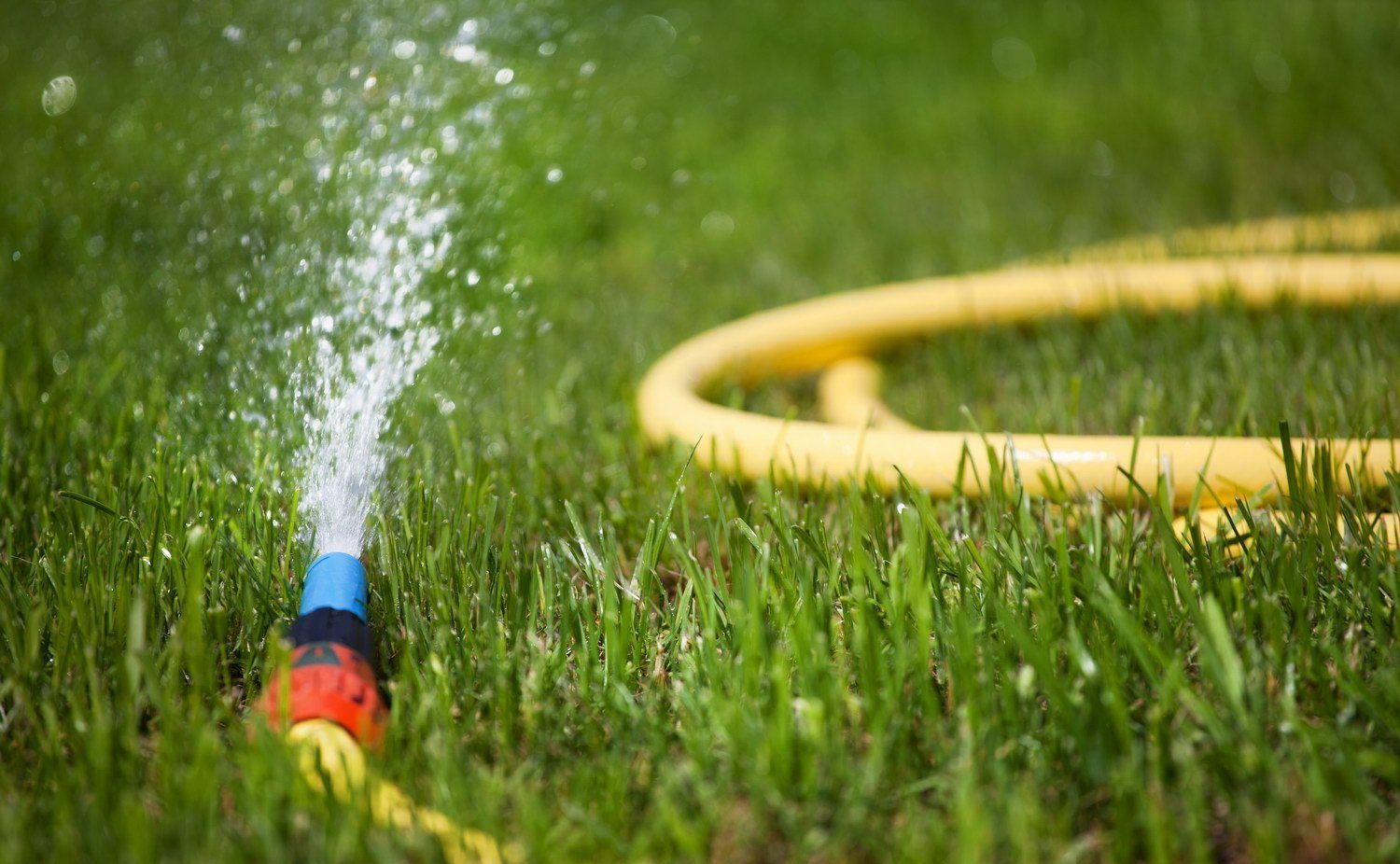
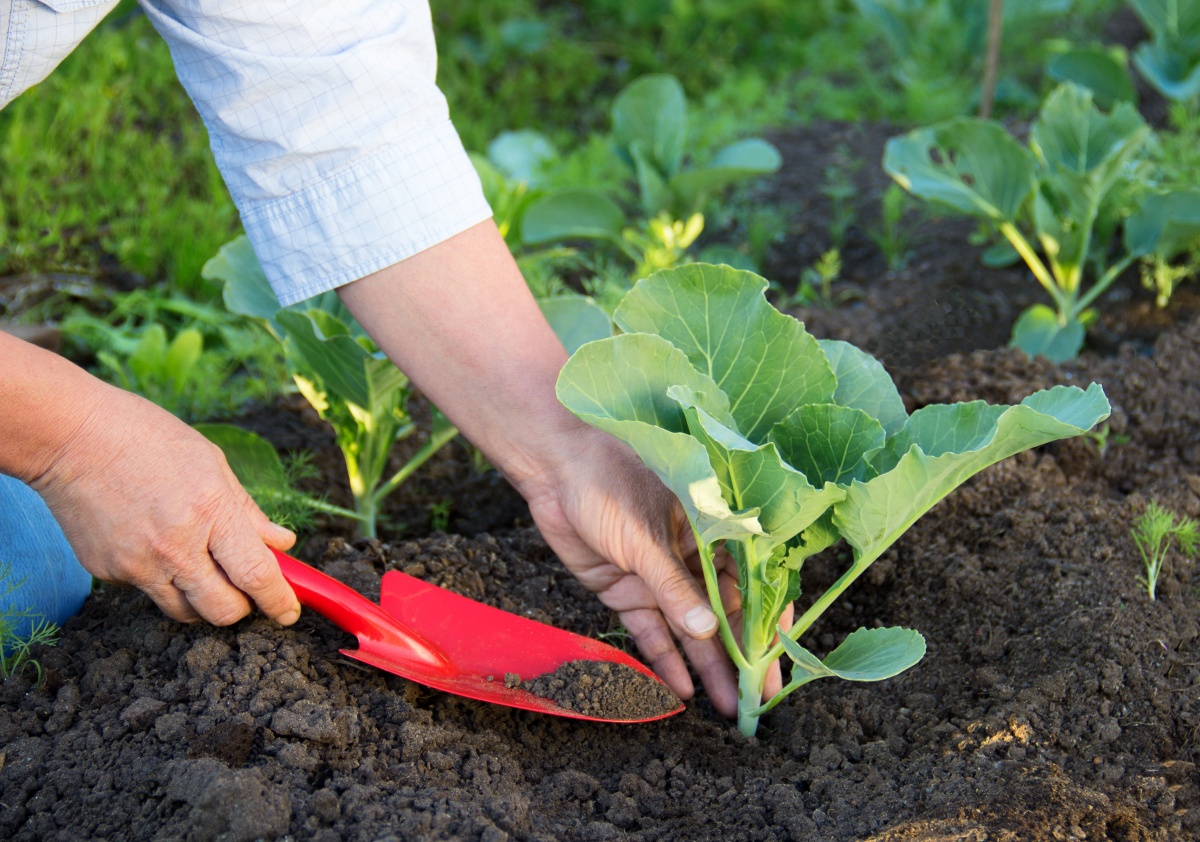
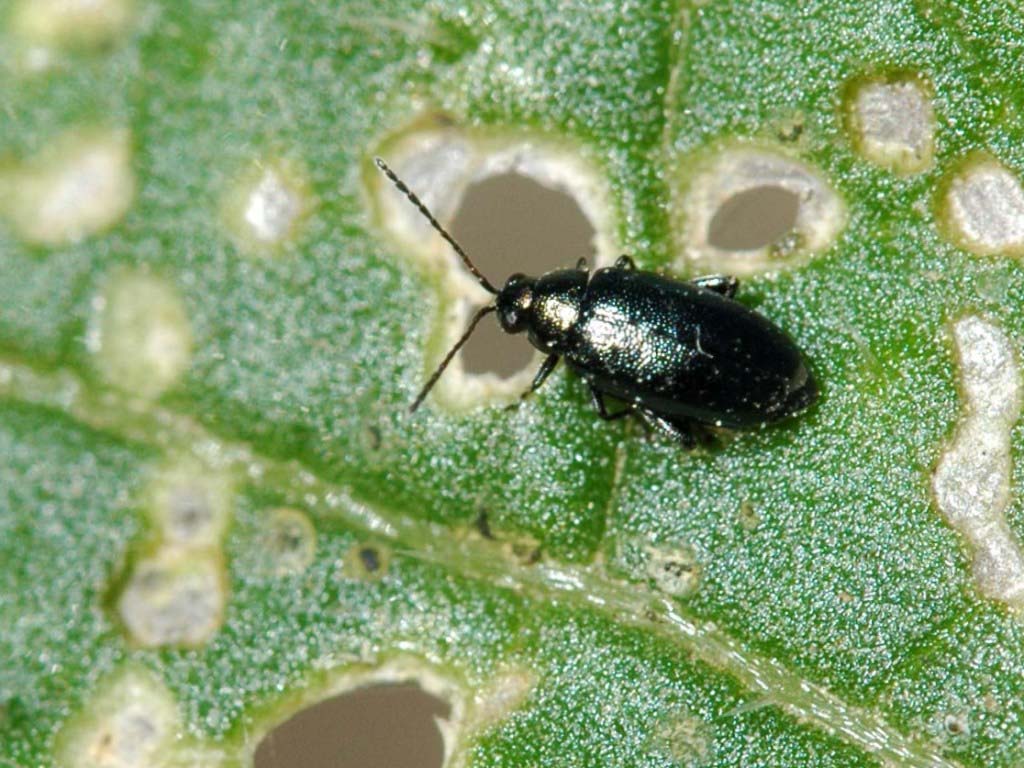
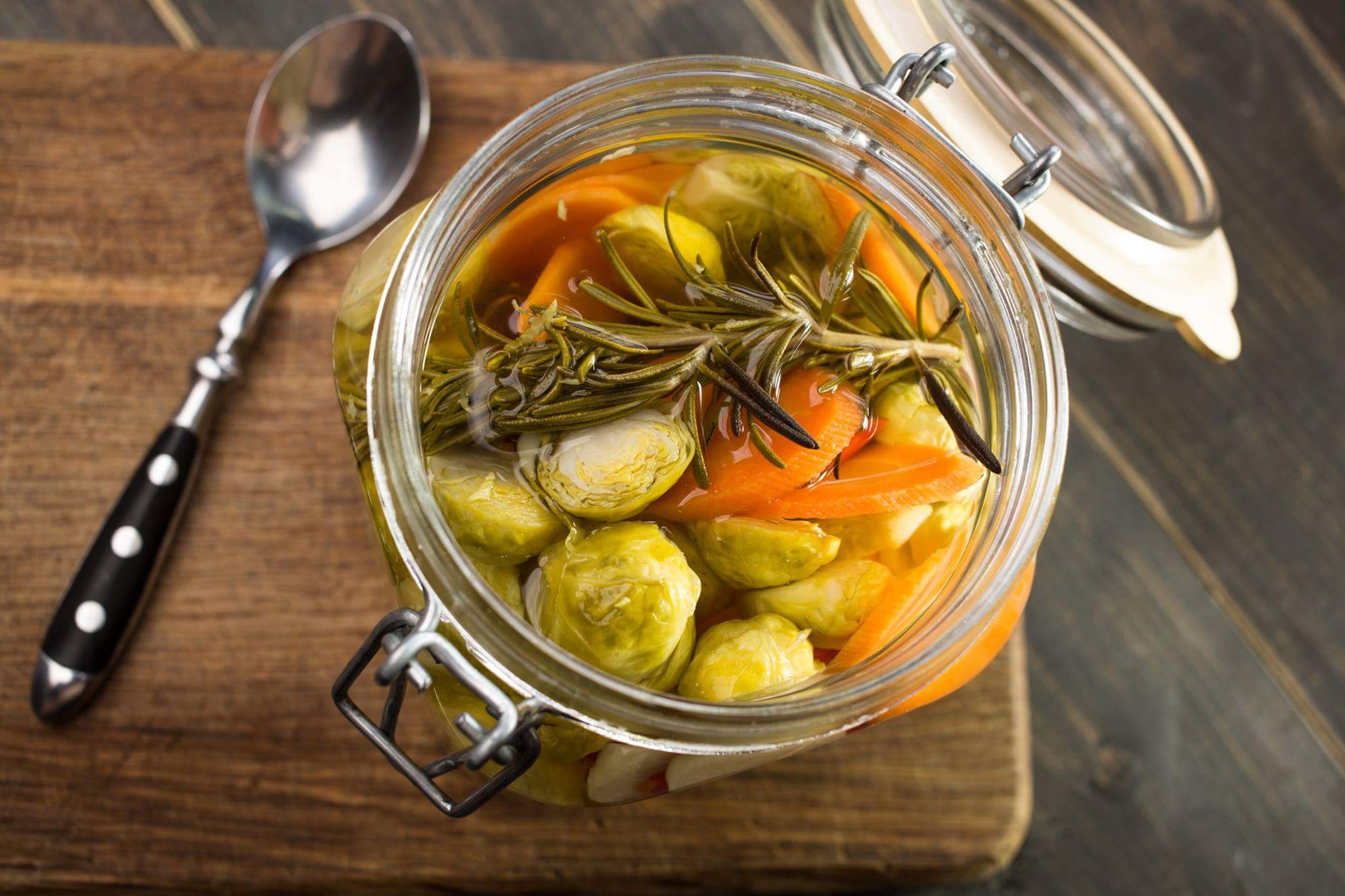

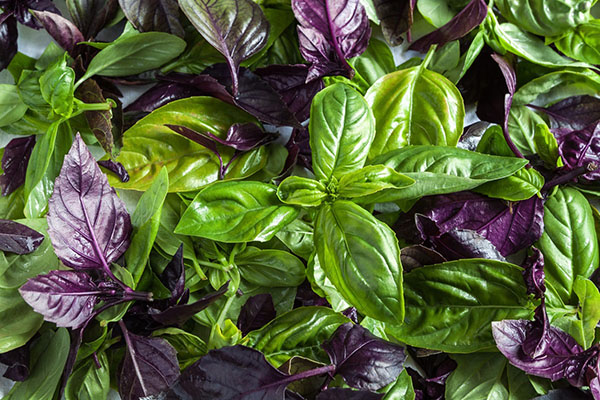
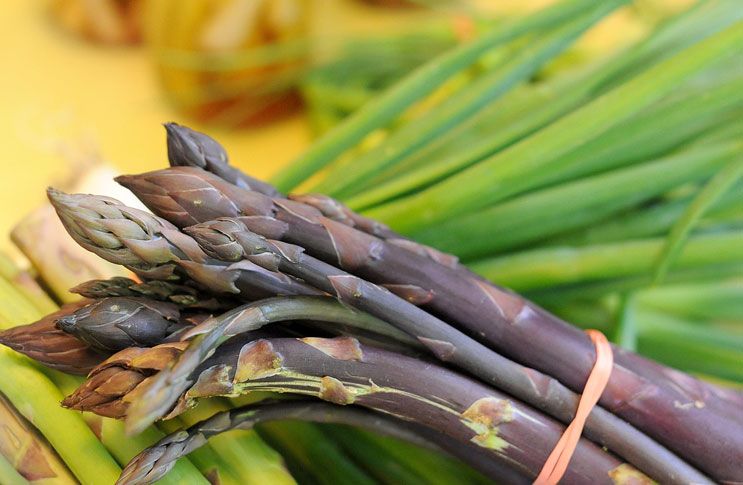
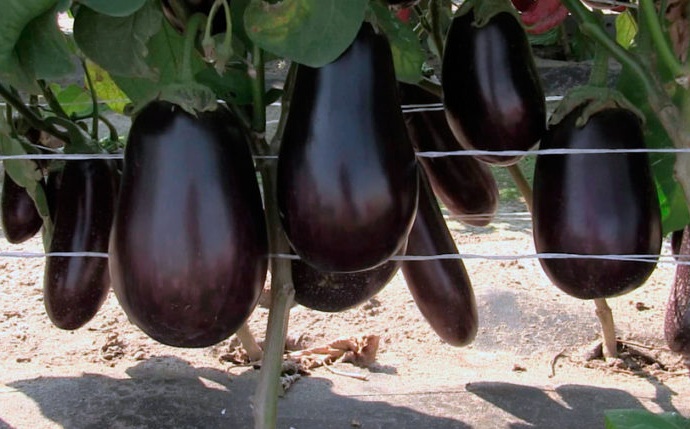
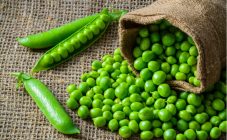
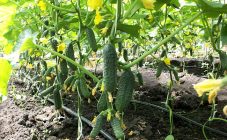







Brussels sprouts in the open field, if you grow them in infertile soil, needs fertilizing with mineral fertilizers. For the first time, Brussels sprouts are fertilized a week after the seedlings are planted on the garden bed, using a solution of 1 teaspoon of Nitrofoska for 2 plants.The second top dressing is applied during the period of the beginning of the formation of heads of cabbage on the stems - 25 g of potassium sulfate and superphosphate are dissolved in a bucket of water, 1 teaspoon of Nitroammofoska is added and 1.5 liters of this solution are consumed for each instance. If your Brussels sprouts grow in fertile and well-fertilized soil, then feeding it may not be necessary.
Growing Brussels sprouts outdoors is not much different from growing white cabbage. To protect the seedlings from the main pest of the family - the cruciferous flea - the area is sprinkled with wood ash. Brussels sprouts do not need hilling, especially since the lower heads of cabbage can rot from this. Decapitation of Brussels sprouts is carried out 3-3.5 weeks before harvesting - the top of each stem is pinched, and the rosette leaves are cut off. This is done so that the heads of cabbage gain more volume.
I cook soup from Brussels sprouts (by the way, the broth from it tastes like chicken broth). I make salads, boil for a side dish, or include in a vegetable stew.
Such an age "spread" when growing seedlings of early varieties and hybrids is not accidental. To receive the earliest finished products from the end of June or the first days of July in the open field, the maximum possible age of seedlings is required - 50-60 days. It is planted in late April, early May, often under a temporary cover with a film. This seedling is grown only in a pot method for better survival. Then comes the time of 40-45 day old cabbage seedlings, which take root more easily and can potentially give a higher yield. But to achieve the maximum yield of early ripening varieties and hybrids is possible only when planting 20-25 day old seedlings, here the largest heads of high quality are obtained.